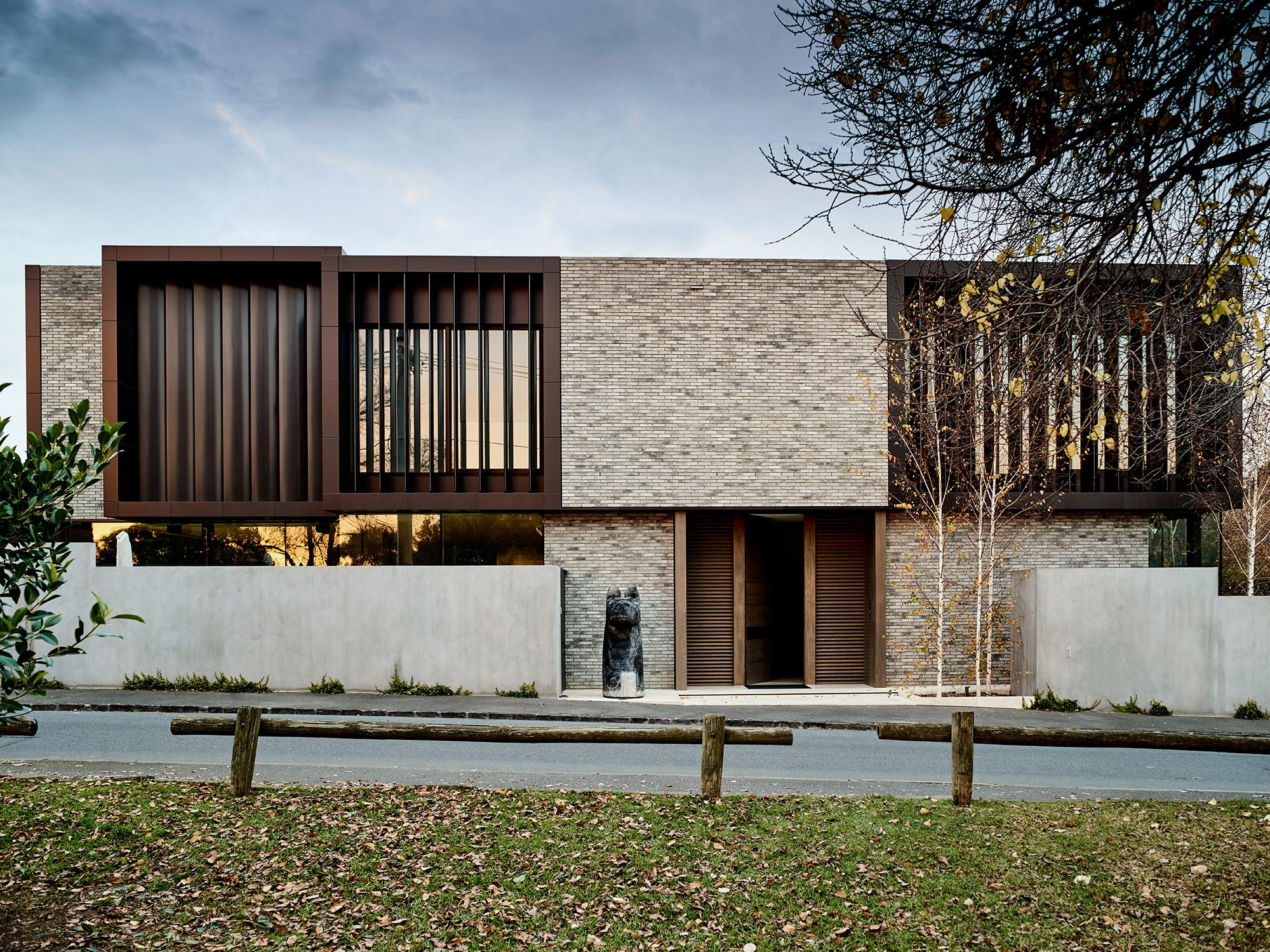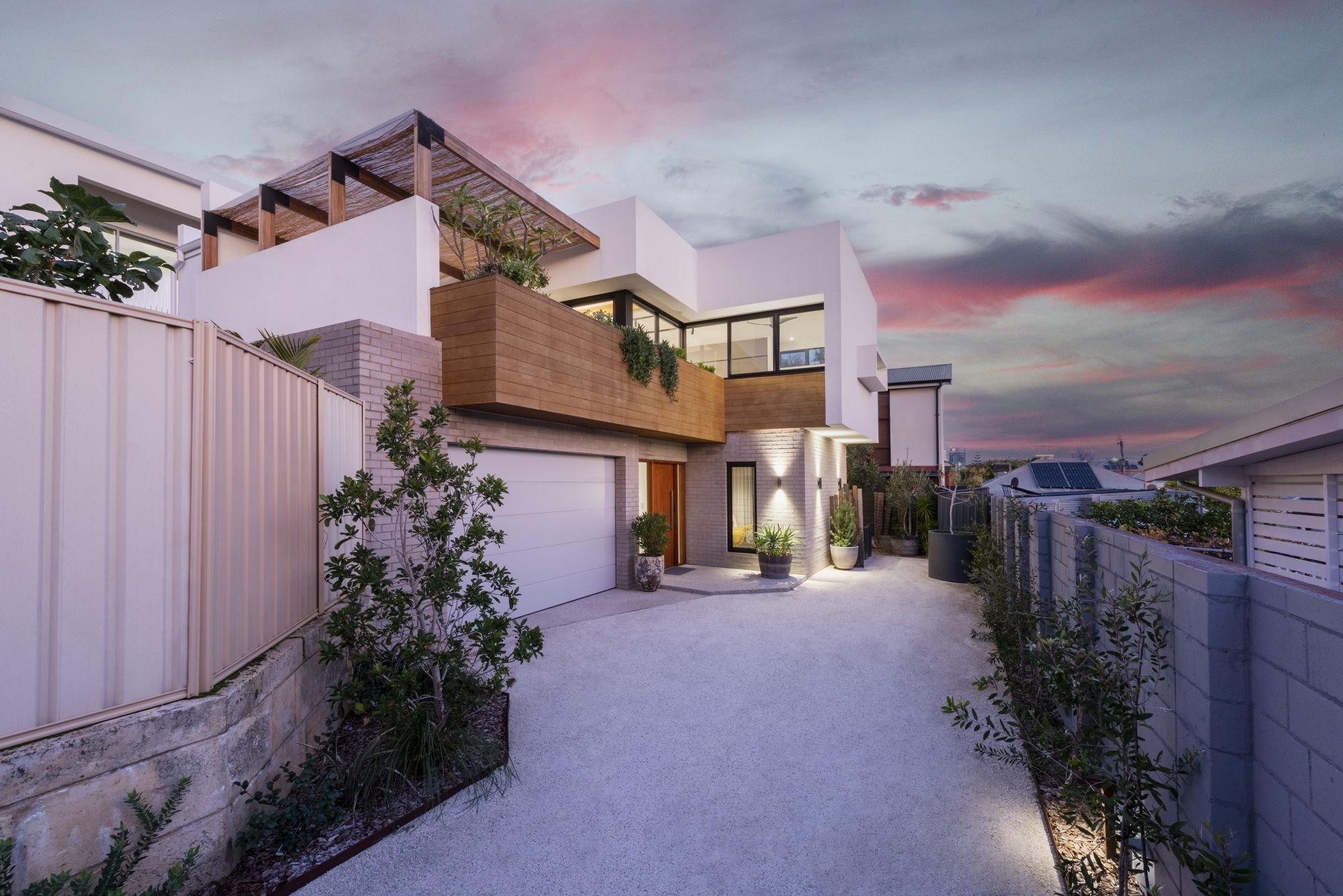Residential Interior Architect: Transforming Your Interior Spaces into Works of Art
Residential Interior Architect: Transforming Your Interior Spaces into Works of Art
Blog Article
Exactly How Residential Architects Create Custom-made Homes for each Way Of Living
The process whereby household engineers layout customized homes is a nuanced interaction of recognizing client requirements and translating those insights right into useful home. Via comprehensive consultations and the use of design devices, engineers capture the significance of their clients' lifestyles, making certain that each home reflects individual values and desires. This collaborative method prolongs past first concepts, incorporating lasting techniques and ingenious modern technologies to enhance everyday living. As we discover the detailed steps associated with this transformative process, a deeper recognition for the architect's function in forming unique atmospheres starts to arise.
Understanding Customer Demands

Efficient communication is paramount in this procedure. Architects should urge customers to articulate their lifestyles, family members dynamics, and future goals, making sure that the layout mirrors their unique identity. By employing tools such as questionnaires, interviews, and visual studies, engineers can collect valuable insights right into the client's vision.
Additionally, comprehending the context in which a home will certainly exist is important. Engineers need to think about variables such as the site features, regional environment, and cultural impacts that can affect the design. This holistic technique enables for the development of spaces that are not only visually pleasing but sustainable and likewise useful.
Ultimately, a deep understanding of client requires allows designers to produce customized homes that boost the quality of life for their passengers, promoting a feeling of belonging and comfort within their living environments.
Design Refine and Partnership
The layout procedure in residential style is a vibrant interplay of creativity and partnership, where designers, customers, and various stakeholders function closely to bring a vision to life. This repetitive journey commonly begins with a series of conferences to develop a detailed understanding of the customer's ambitions, choices, and way of life demands. During these conversations, engineers gather essential information, allowing them to conceptualize styles that straighten with the customer's vision.
Following the first consultations, the design phase develops via illustrations, 3D models, and architectural makings. This aesthetic communication serves as a device for architects to present ideas, while additionally inviting client responses, making sure that the last style resonates with their expectations. Reliable partnership with designers, service providers, and interior developers is critical during this phase, as it ensures that all useful facets of the task are flawlessly incorporated.

Incorporating Way Of Living Components
Including way of life aspects into residential design is vital for developing areas that truly resonate with the citizens. residential architecture homes. This process starts with understanding the distinct needs, preferences, and daily regimens of the house owners. Designers involve in extensive conversations to reveal just how the individual or family uses their area, whether for enjoyable guests, seeking leisure activities, or seeking quiet hideaway
As soon as these insights are collected, architects can tailor style functions that enhance everyday experiences. For circumstances, open layout might be developed for households that prioritize togetherness, while devoted workspaces can be integrated for those that function from home. Exterior locations, such as gardens or patio areas, can be highlighted for households that appreciate outside tasks or entertaining.
Moreover, flexibility is a vital consideration; multi-functional areas permit flexibility as way of livings develop in time. Personalized storage services can likewise be incorporated to meet details organization demands, guaranteeing that the home stays functional and clutter-free. Eventually, by thoughtfully weaving way of life aspects right into the architectural fabric, residential designers produce tailored homes that not only meet aesthetic needs but also substantially enhance the lifestyle for their customers.
Sustainable and Smart Layout
Lasting and wise design significantly plays a crucial function in property design, as house owners look for to minimize their Read Full Report environmental influence while boosting their living experiences. Engineers are now integrating environment-friendly products, energy-efficient systems, and ingenious technologies Home Page to develop homes that not only fulfill aesthetic needs yet additionally serve the earth.
Including renewable energy sources, such as photovoltaic panels and wind turbines, allows home owners to harness natural resources, significantly reducing reliance on traditional power grids. Smart home technologies further enhance sustainability by enhancing energy use with automated systems that regulate air conditioning, lights, and home heating based on occupancy and preferences.
Furthermore, using sustainable building materials-- like recovered timber, bamboo, and reused steel-- advertises a circular economy, reducing waste and resource intake. Designers also emphasize easy layout principles, making certain homes are oriented for optimum natural light and air flow, therefore reducing the demand for synthetic heating & cooling.
Along with eco-friendly advantages, wise and lasting design adds to the overall convenience and health and wellness of residents. By focusing on interior air top quality and natural environments, engineers develop rooms that promote health, permitting house owners to grow attuned to their setting.
Finalizing and Applying Plans
Wrapping up and implementing strategies is a critical stage in the household design process, where the vision of a personalized home begins to appear. This phase involves careful attention to detail, making sure that every facet of the design is precisely expressed and prepared for building. residential architecture homes. Architects work together carefully with clients to review final strategies, attending to any type of last-minute modifications or issues, while making sure that all aspects align with the house owner's way of life demands
Once plans are completed, designers prepare comprehensive building documents, including in-depth illustrations and specs that act as a plan for building contractors. These documents describe materials, coatings, and installment approaches, supplying clarity for professionals and subcontractors. Furthermore, protecting necessary licenses and sticking to local building regulations is necessary, as it ensures conformity and smooth project click now execution.
Effective communication is essential throughout this stage. Normal updates and discussions with home builders assist to minimize prospective concerns before they arise. By cultivating a collaborative setting, designers can assure that the implementation straightens with the original vision. Eventually, this crucial phase transforms principles into reality, laying the structure for a home that mirrors the distinct lifestyle and choices of its residents.
Verdict
Finally, household architects play a crucial duty in crafting customized homes that satisfy diverse way of lives. Through careful understanding of customer requirements, joint layout procedures, and the assimilation of lifestyle elements, architects make sure that each home shows private choices. The unification of clever modern technologies and sustainable techniques better improves performance and environmental duty. Inevitably, the efforts of residential architects finish in the awareness of personalized home that advertise convenience and health for their citizens.
The procedure by which residential designers design personalized homes is a nuanced interaction of understanding client demands and equating those insights into functional living rooms. With thorough assessments and the usage of design devices, architects record the significance of their customers' way of lives, ensuring that each home reflects individual worths and desires. Engineers ought to urge clients to articulate their lifestyles, family dynamics, and future ambitions, making certain that the design reflects their special identification.The layout procedure in property design is a dynamic interplay of creativity and cooperation, where engineers, customers, and different stakeholders work carefully to bring a vision to life - residential architecture homes. Through meticulous understanding of client demands, joint layout procedures, and the assimilation of way of living components, architects ensure that each home reflects private preferences
Report this page